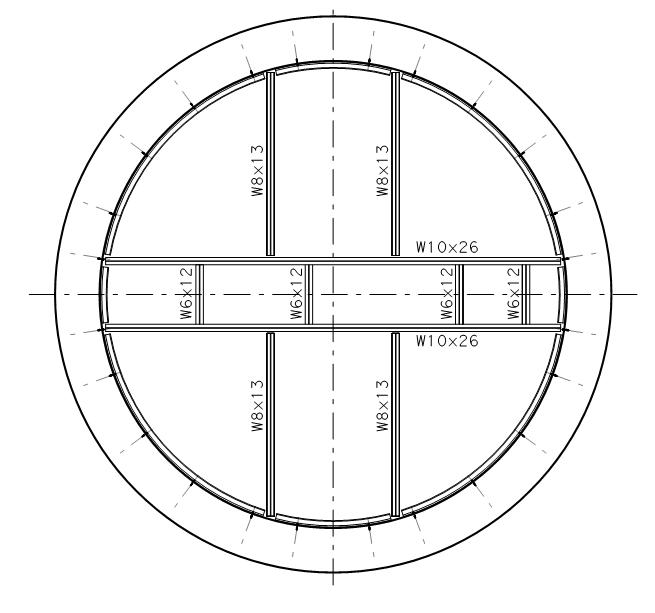Rpardo_A36
Structural
Hello all,
I am fairly new to this, so I am designing my first Pump station that contains a Wet Well.
I would like to know what software and process are required to complete a design like this.
My wet well contains a 2' top slab with 2' walls and a 4' bottom slab along with a seal slab.
connected is a discharge chamber that will be cast in place and reinforced.
inside the wet well will contain a platform for a trash rack with design size grating, Steel beams of W shape & angle Shape with fasteners.
Beams will be anchored to the wet well.
I am stuck on design the grating, steel beams (along with bracing), and anchorage from steel beams to wet well walls.
Thanks all,
-RP
I am fairly new to this, so I am designing my first Pump station that contains a Wet Well.
I would like to know what software and process are required to complete a design like this.
My wet well contains a 2' top slab with 2' walls and a 4' bottom slab along with a seal slab.
connected is a discharge chamber that will be cast in place and reinforced.
inside the wet well will contain a platform for a trash rack with design size grating, Steel beams of W shape & angle Shape with fasteners.
Beams will be anchored to the wet well.
I am stuck on design the grating, steel beams (along with bracing), and anchorage from steel beams to wet well walls.
Thanks all,
-RP

